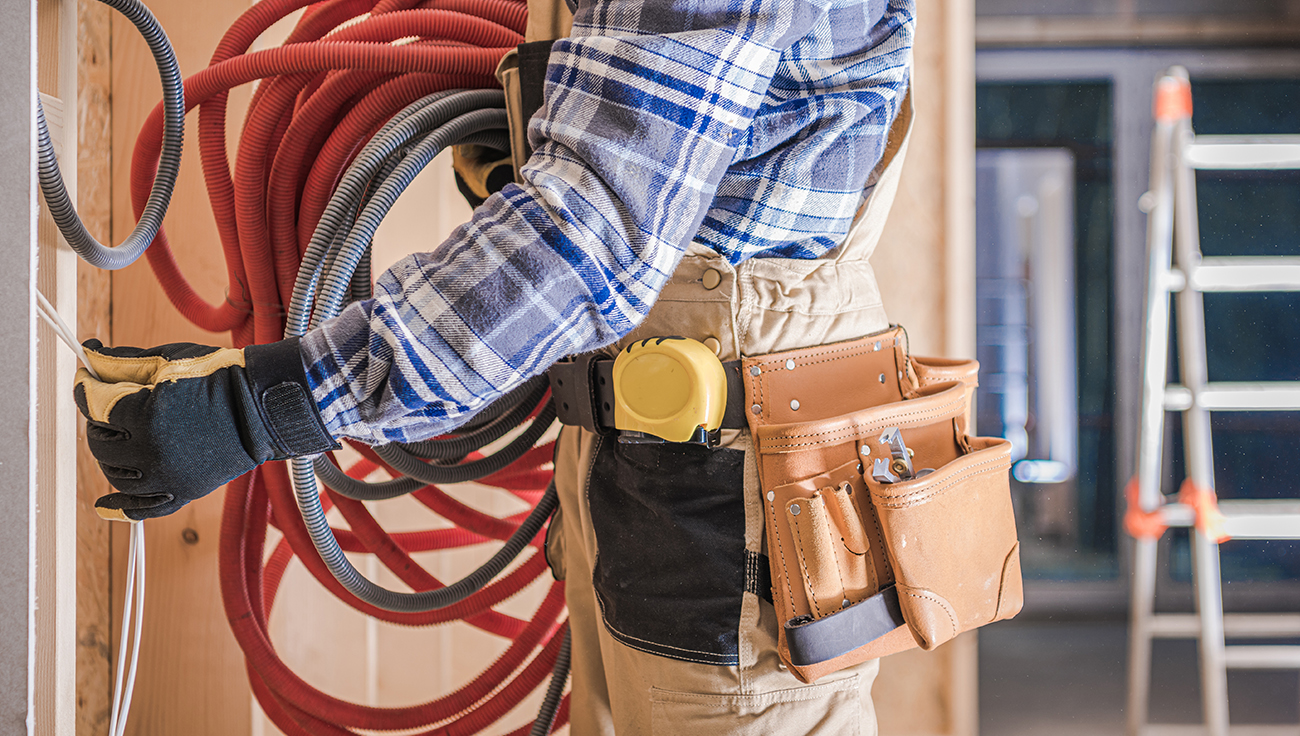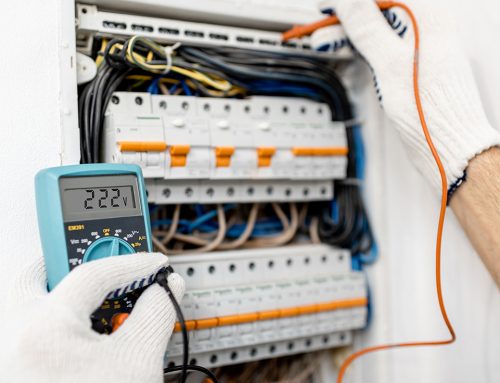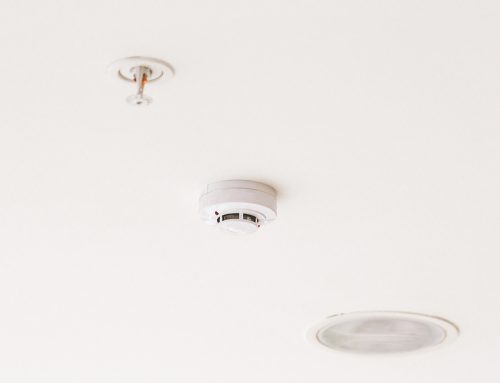Electricity can be dangerous if not used properly
Electrical installations in your house should be designed and constructed in accordance with the National Rules for Electrical installations.
Periodic Inspection Reports
Electrical installations can deteriorate with age and use. It is recommended that electrical installations are inspected and tested periodically as appropriate to their use and environment to verify compliance with the National Rules for Electrical Installations.
The Health and Safety Authority (HSA) has published guidance notes on Periodic Inspection and Testing of Electrical Installations, with suggested time periods between inspection and testing for various workplaces and residential accommodation (on Page 4 of 7). Any alterations or additions to the installation should be made by a Registered Electrical Contractor (REC).
Electric Shock Protection
There are three basic measures used to provide protection against electric shock:
Isolation of live parts: Consider the basic socket outlet where live parts are concealed within the socket. Modern socket outlets are fitted with shutters to further improve isolation.
Insulation of live parts: Electric wires and cables are usually covered with plastic insulation to prevent people touching live wires.
Protective Earthing: Metalwork such as cooker bodies, light fittings, etc. are connected to earth to prevent them from becoming live and dangerous to touch.
The Distribution Board
Electricity for domestic use is normally supplied at 230 volts. At the electricity supply intake position is your main Distribution Board. The Distribution Board is an extremely important part of an electrical installation. It is the safety control of the electrical installation. It provides two essential functions:
The overload, short circuit and earth fault protection.
The isolating function of the installation.
To provide these functions, the Distribution Board must be protected against abuse either mechanical or environmental. It must be readily accessible at all times and it must properly ventilated. Distribution Boards dissipate heat and have been known to overheat, and this must be considered in their installation and location.
On the Distribution Board you will find the main switch, the operation of which will switch off all electricity to the installation. A chart labelling the circuits should be found at the Distribution Board.
Residual Current Devices (RCDs)
RCDs are devices that provide protection against electrical currents flowing to earth. Such current could flow to earth through a person’s body and present a shock risk, or flow through wiring or electrical appliances and present a fire risk. It is important that they are tested by pressing the “test” button at least every 3 months to ensure they are operating properly.
If an RCD is tripping for no apparent reason. Get a REC to check the installation. The RCD tripping could be an indication of deterioration in the electrical insulation of the wiring or appliances.
Miniature Circuit Breakers (MCBs)
The final circuits are protected by MCBs. If a MCB trips it is due to too much current flowing through the circuit. This may be due to too heavy a load on the circuit or a fault in the circuit. If on reducing the load on the circuit the MCB continues to trip you should have it checked by a REC. Note: It is not unusual for the MCB on the lighting circuit to trip when a bulb “blows”.





